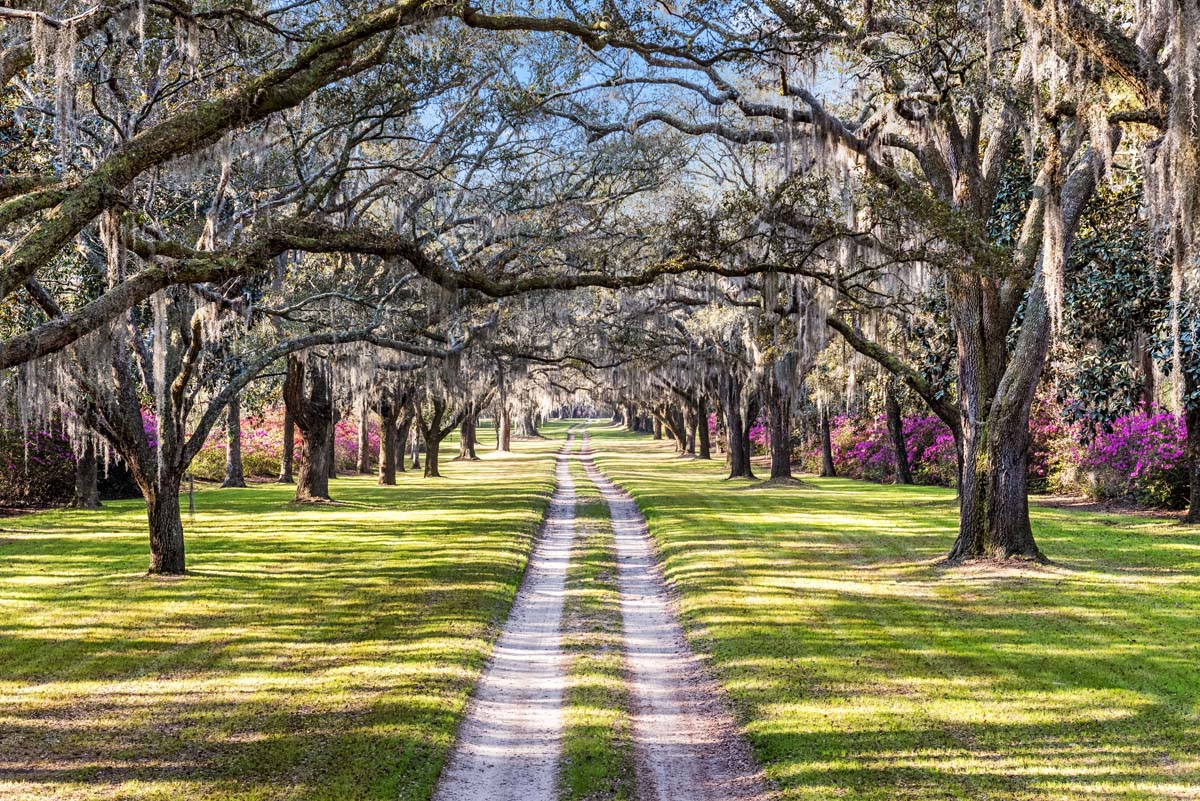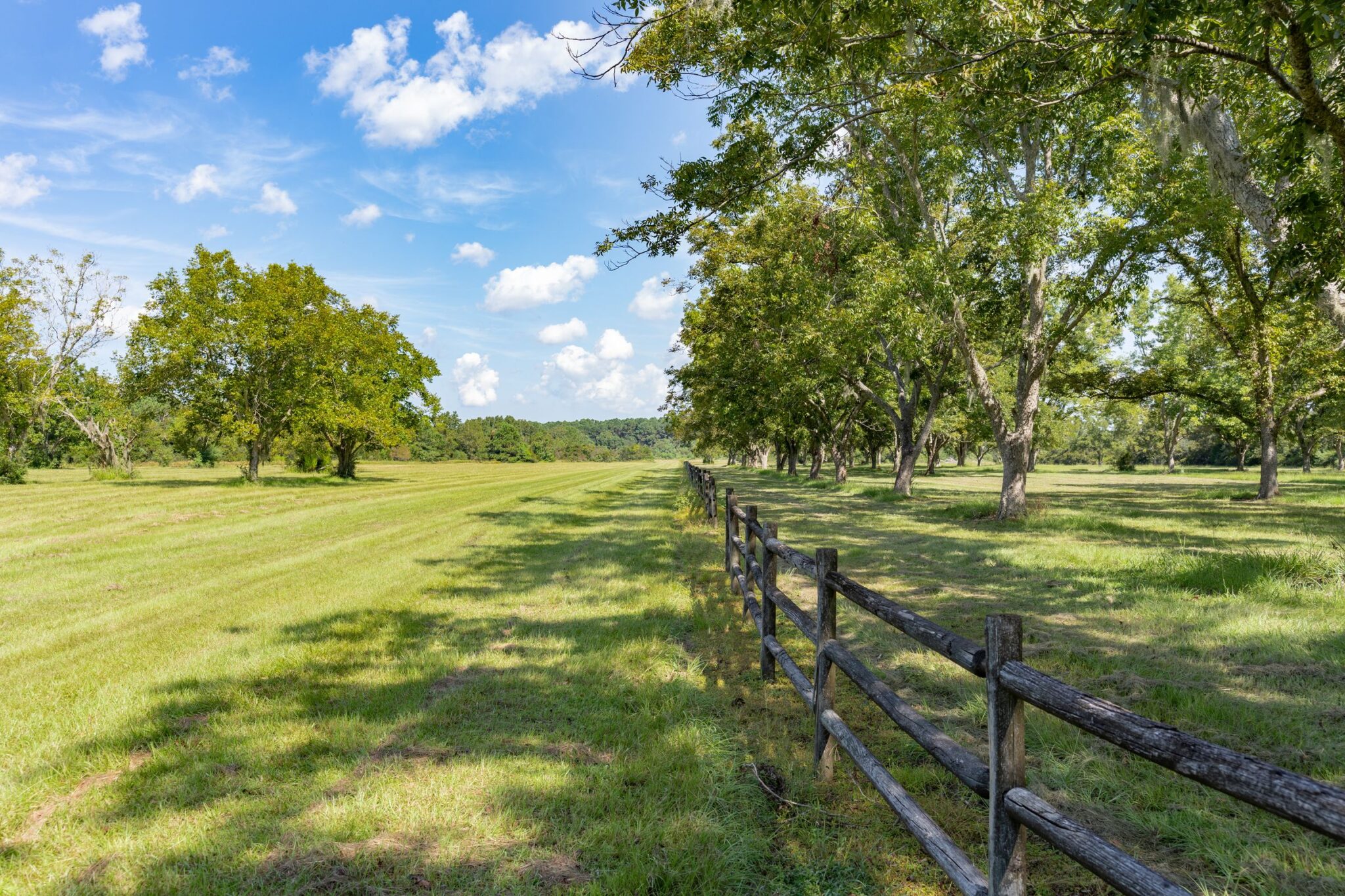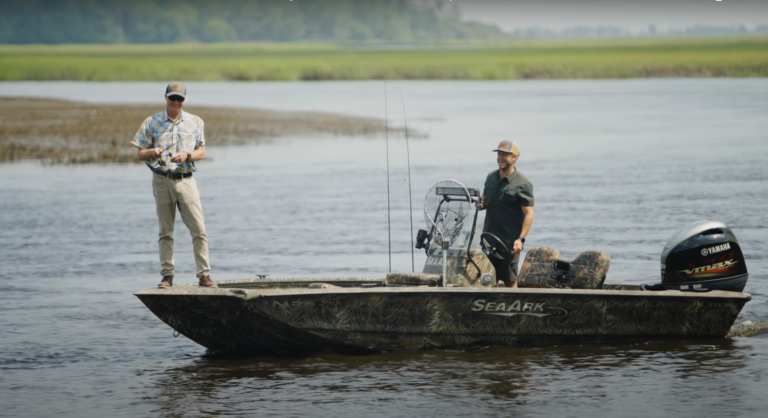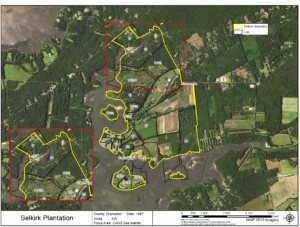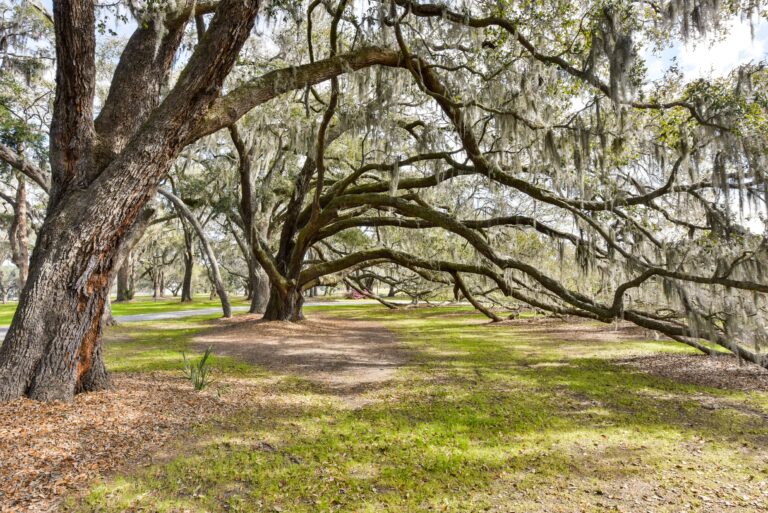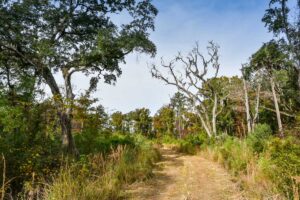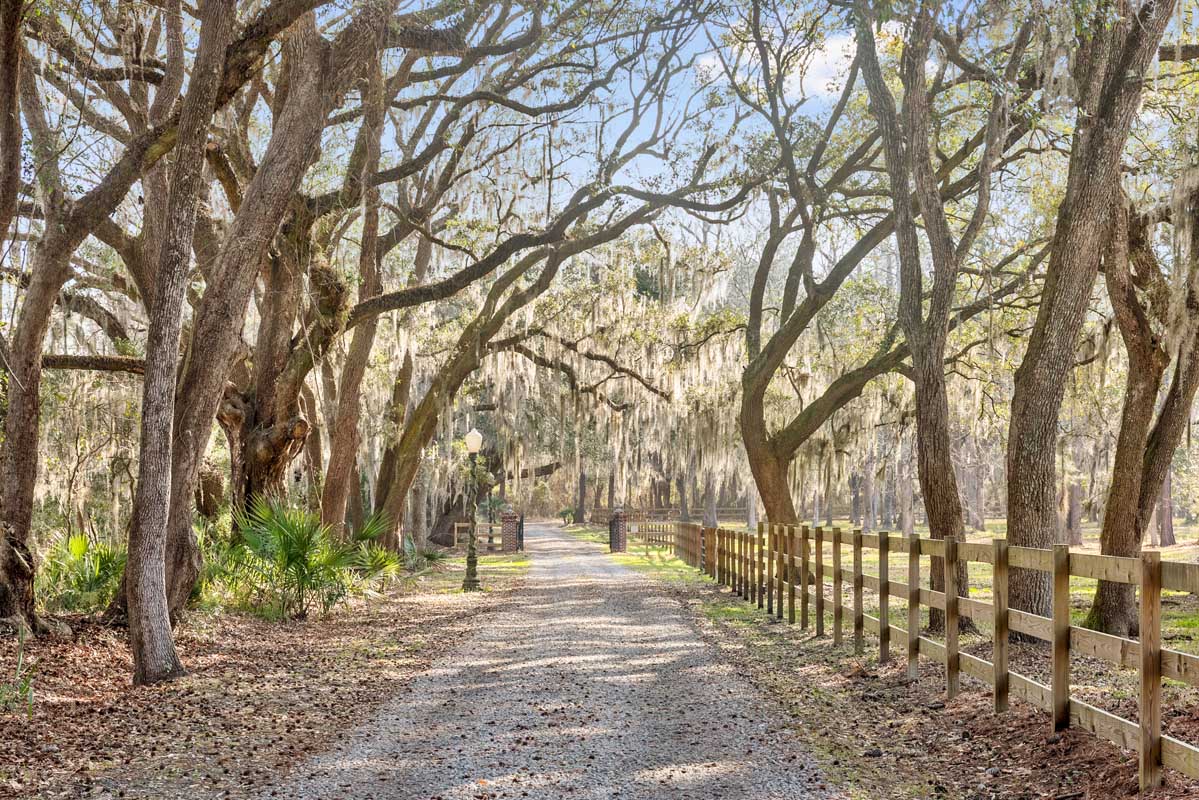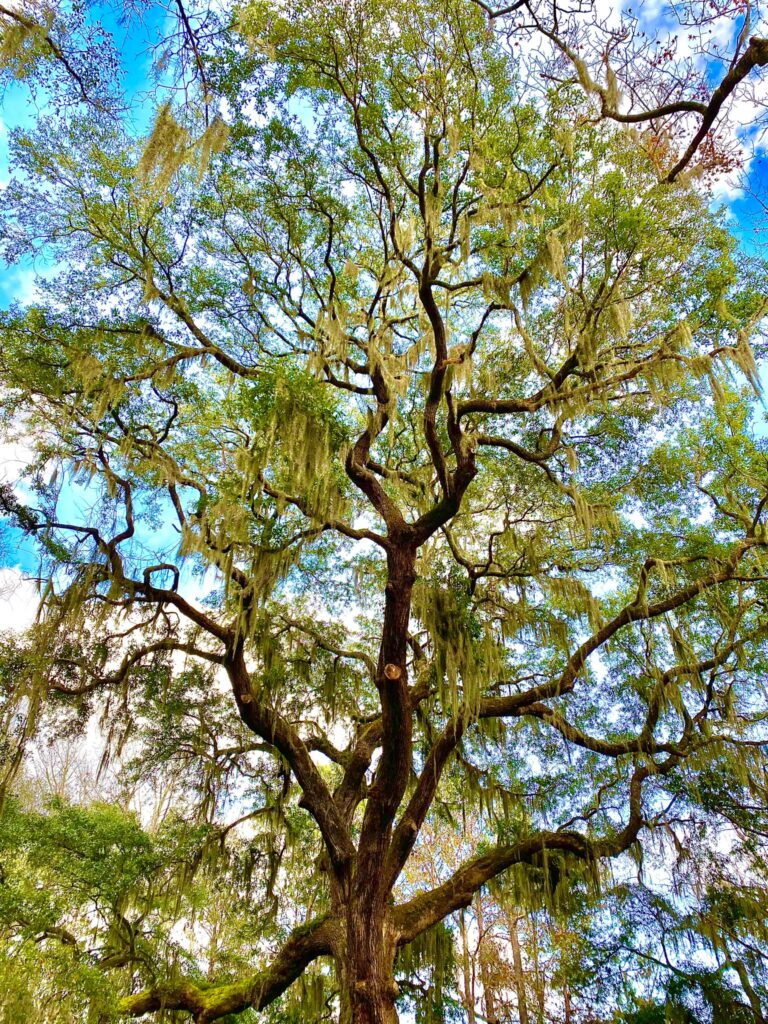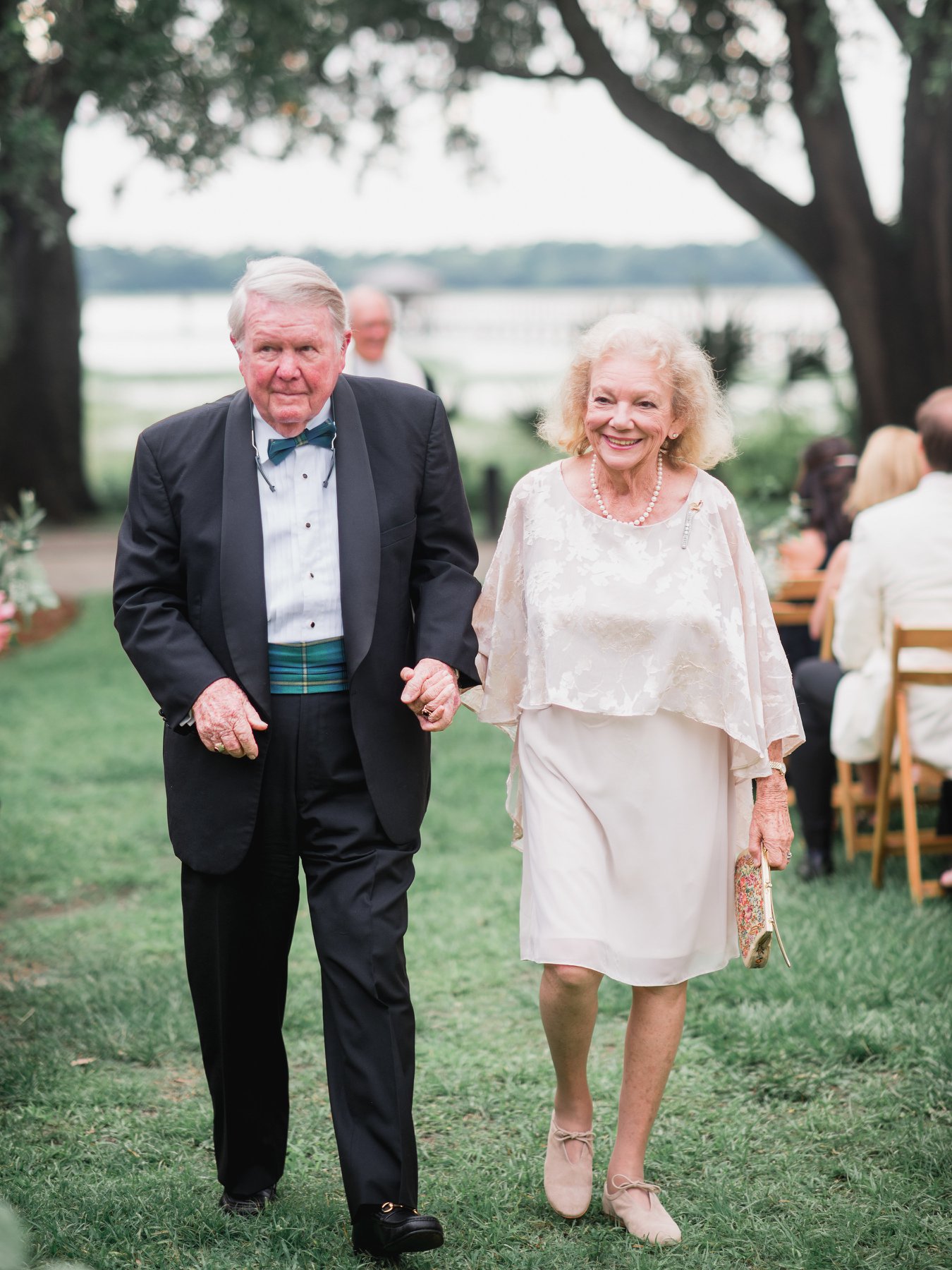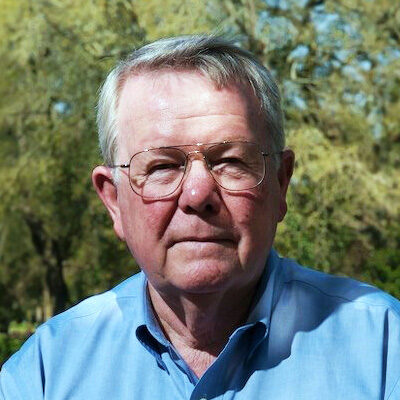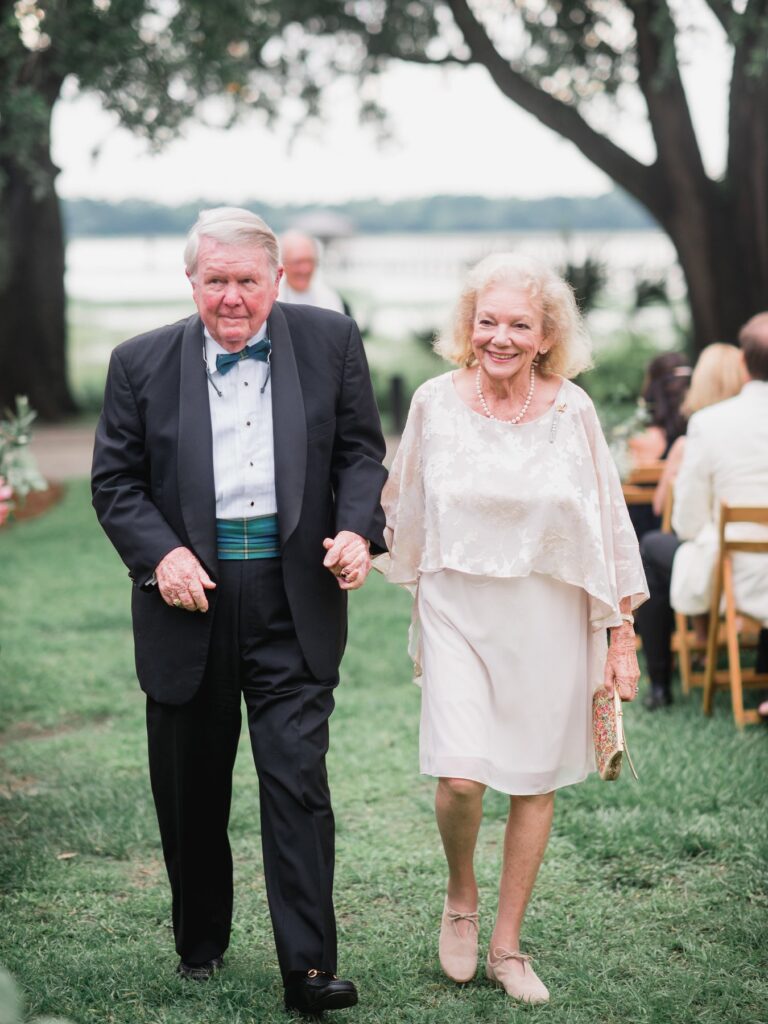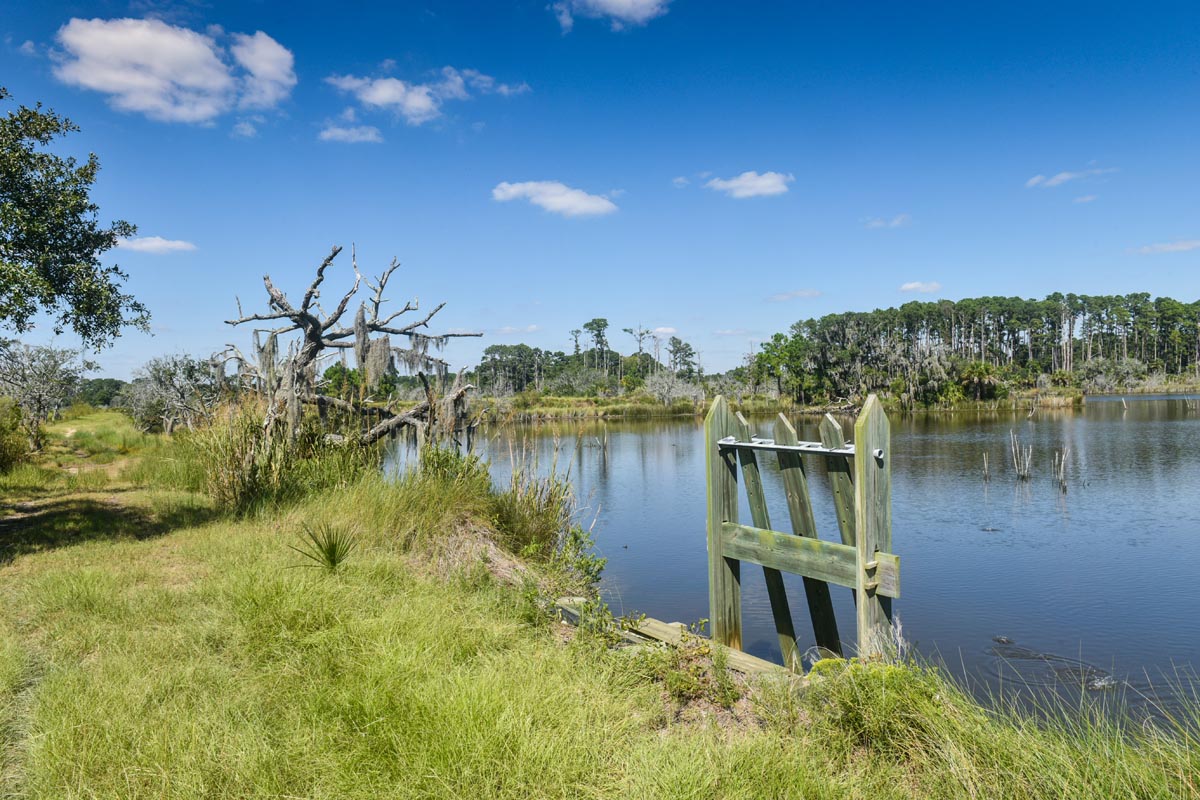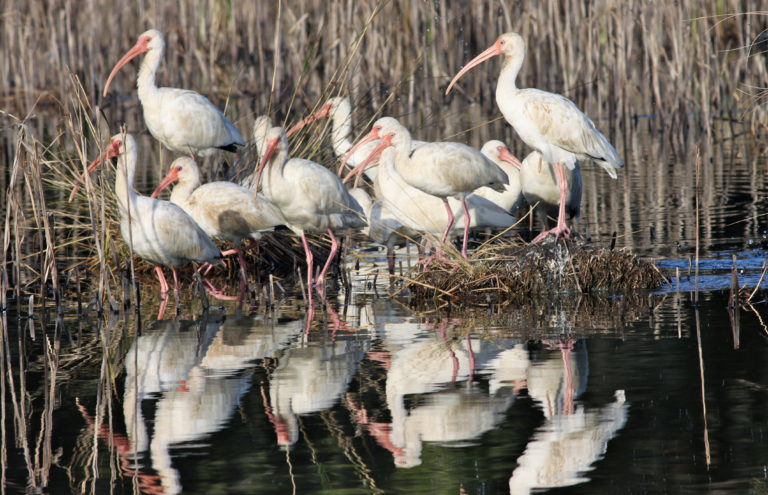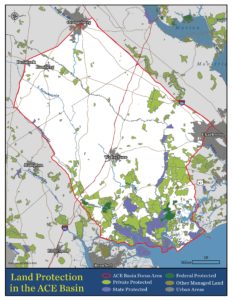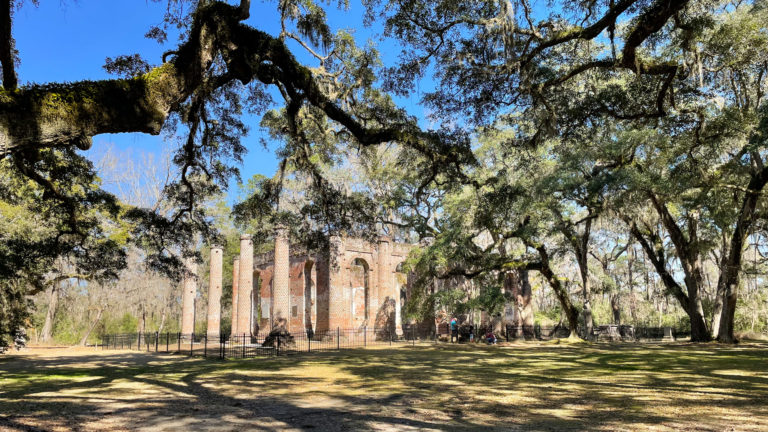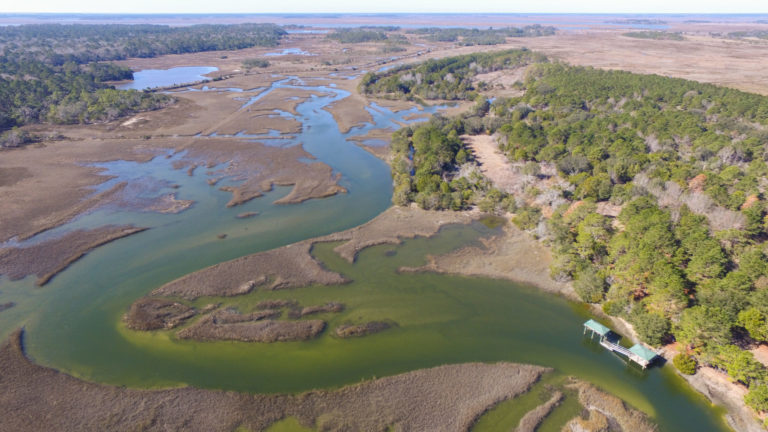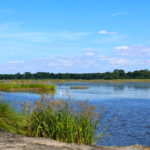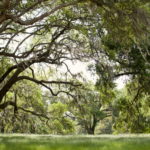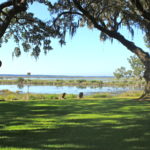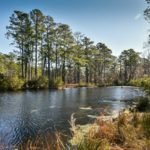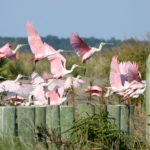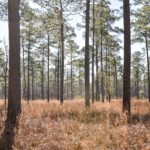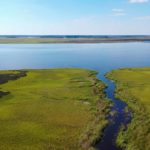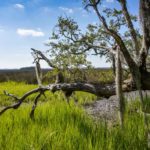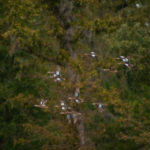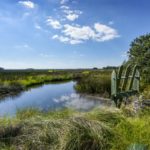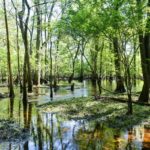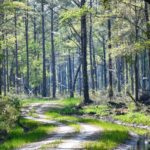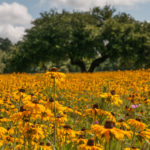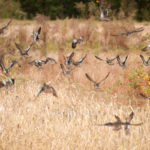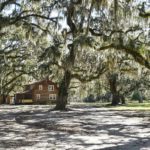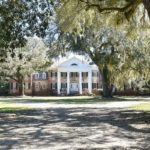A Reputation that Precedes us
Our reputation as conservation developers has always proceeded us, thanks in part to one our namesake, Jimmy Holcombe, and his “natural resource conscience” development projects in the Charleston area.
Undoubtedly, Holcombe, Fair & Lane has been involved in more conservation sales throughout the years than any other brokerage in the Southeast. Since every HFL agent has placed conservation easements on their own family properties, we have been able to educate and set landowners at ease who would not have otherwise considered a conservation easement option for their beloved land.
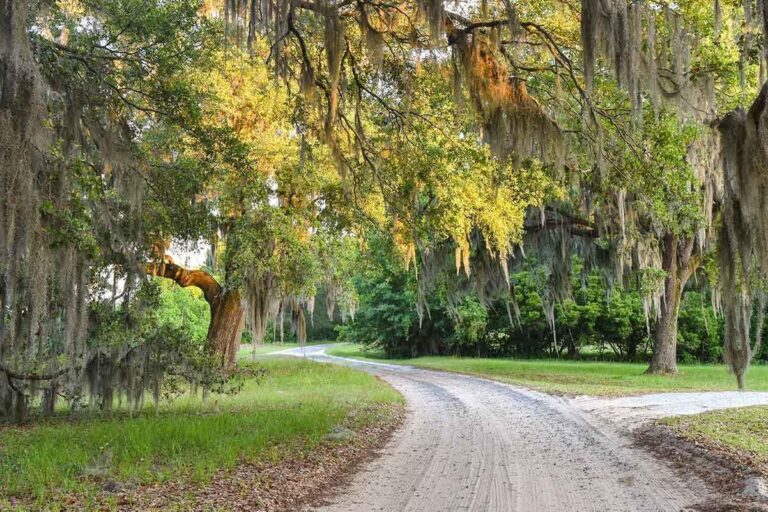
but we are more than land brokers
Beyond land transactions, we have well-established relationships with owners of commercial resources in the Tri-County area. We manage over 40 commercial buildings and represent complex commercial sales and leasing transactions.
Marrying these two sides of our brokerage (natural and commercial), our agents came up with this simple unifying statement “We exist promote the careful and responsible development of natural and commercial resources in Coastal SC”
making the next generation proud
In alignment with this statement, this year our agents have been promoting good resource management more than ever before. The results of our work have attracted customers and clients to our firm that want to work with us to create a future for Coastal SC that makes the NEXT GENERATION PROUD and makes South Carolina the STANDARD for the nation. We look forward to seeing the public benefits of this focused work even in the next coming years.
further reading on resource management
The first step towards an investment in conservation development in South Carolina may be learning more about the process. For this reason, we have provided several topics for further reading:
